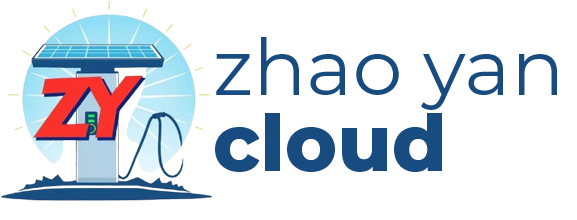Budget & Funding
Budget and funding plan
Funding sources:
Plan for use of funds:

Management
Risk Management
Technical risks: During operation, there may be risks such as aging of solar modules, damage to inverters, failure of battery energy storage systems, etc., which may lead to power outages.
The company selects reliable technology suppliers and conducts sufficient technical testing. It also configures an energy storage system (such as lithium batteries) to smooth output, and uses an intelligent monitoring system to provide real-time warning of equipment abnormalities. Establish a sound operation and management system to ensure the stable operation of charging stations.
Market risk: The report of the two sessions of the National People’s Congress pointed out that China’s annual output of new energy vehicles will exceed 28 million in 2024 and maintain a growth rate of 6% in 2025. However, the development of the new energy vehicle market is still not as good as expected, and the demand for charging is insufficient.
Operational risks: Solar panels need to be cleaned regularly (dust, snow), and charging piles need frequent maintenance.
The company introduced automated cleaning equipment (such as cleaning drones) and signed long-term equipment maintenance agreements.
Estimated costs and profits of charging stations
Report analysis:
The main source of income is charging service fees. The calculation is based on:
The price of electricity is 1.8 yuan per kWh, 150 kWh of electricity is supplied per hour, and each pile is used for 10 hours in the morning every day
Solar power generation income: can supplement self-use electricity and reduce electricity costs.
Government subsidies: According to local policies, a one-time 30% construction cost subsidy can be obtained in the first year of construction and operation of the power station.
Cost Structure
The basis for calculating electricity cost is: the cost price per kilowatt-hour is 0.34 yuan.
(Mainly using energy storage equipment to store electricity at low electricity prices at night and use it during the day; using solar equipment to generate electricity for self-use)
Initial equipment investment cost: including charging piles, solar panels, transformers, energy storage systems, infrastructure construction, etc. The depreciation period of the equipment is 5 years.
Operating costs: including maintenance costs, labor costs, grid access fees, etc., accounting for 7.41% of revenue.
Financial cost: Since 15% of the project funds come from loans, interest expenses account for approximately 4.38% of revenue.
Taxes and surcharges account for 5% of income.
Calculation of net profit margin : The net profit margin of this project can reach 59%.
The influencing factors mainly include:
Charging pile utilization rate: The higher the charging pile utilization rate, the higher the income.
Charging price: Take advantage of national electricity policies, store electricity during off-peak hours, and use it during peak hours, reducing overall electricity costs and improving corporate competitiveness and user stickiness.
Policy support: Government subsidies and policy support have an important impact on project profitability.
Conclusion
After three months of planning, construction and operation, the solar charging station will become an important part of the local green energy and electric vehicle infrastructure, contributing to sustainable development. With its strong R&D advantages in solar charging technology and advanced operational management, the company’s solar charging station business will cover other major developed cities in Henan, as well as Hong Kong, the Middle East, Southeast Asia and other regions in the next three years , which is in line with the Chinese government’s “21st Century Silk Road” development strategy.
